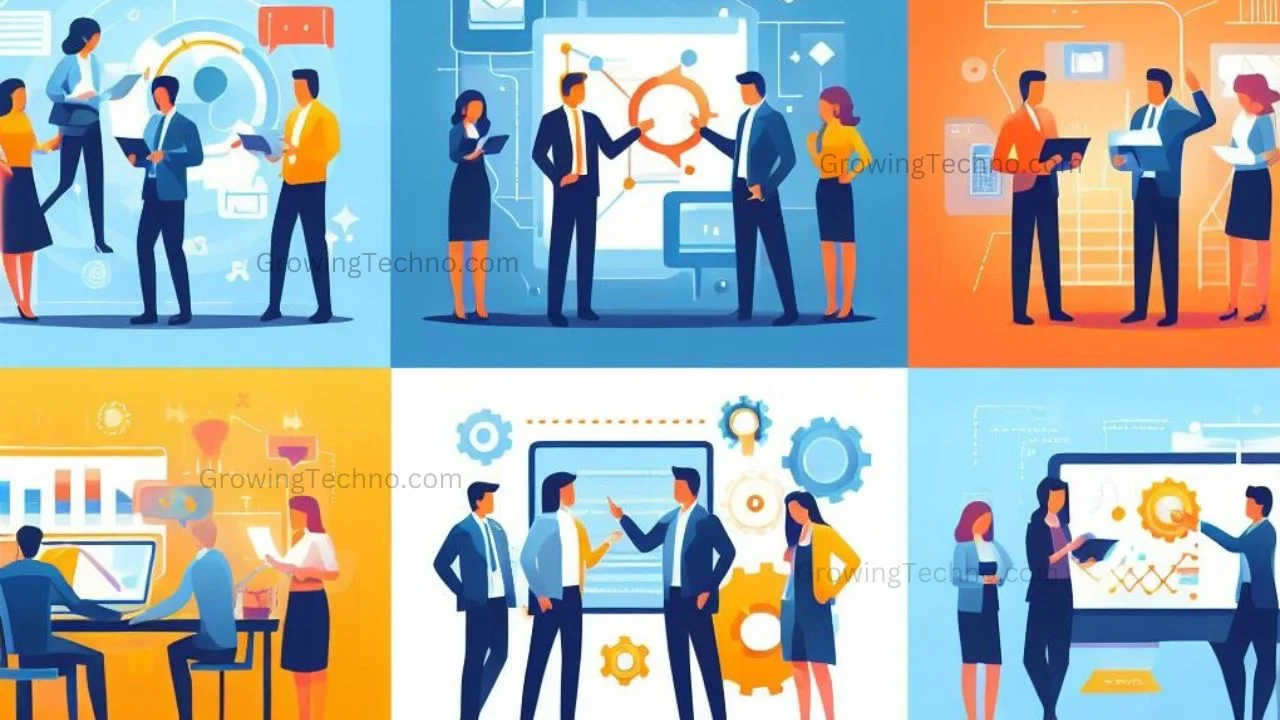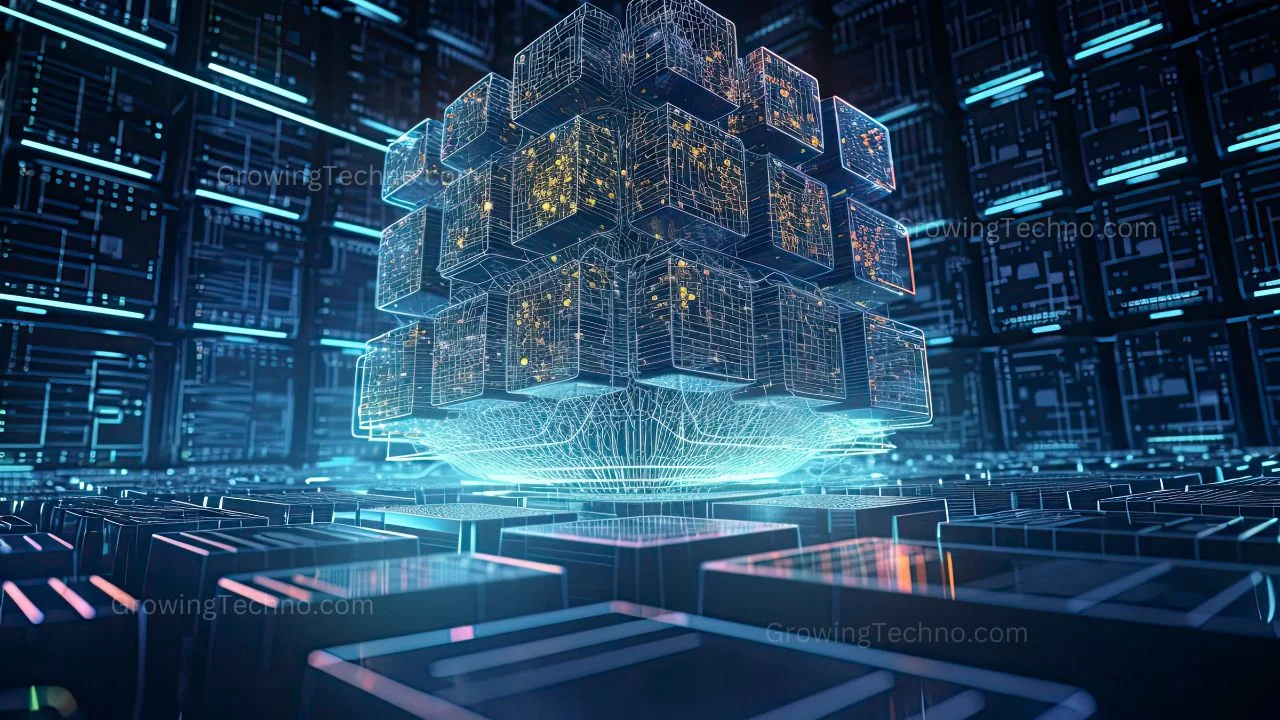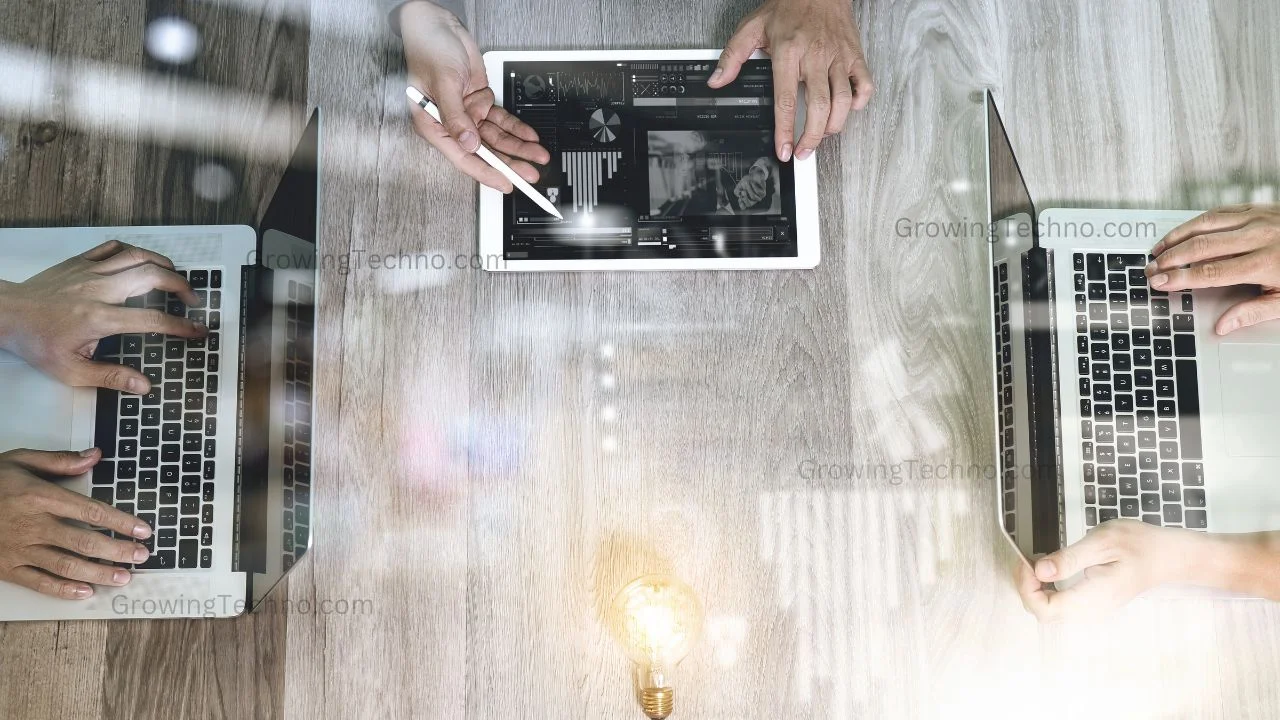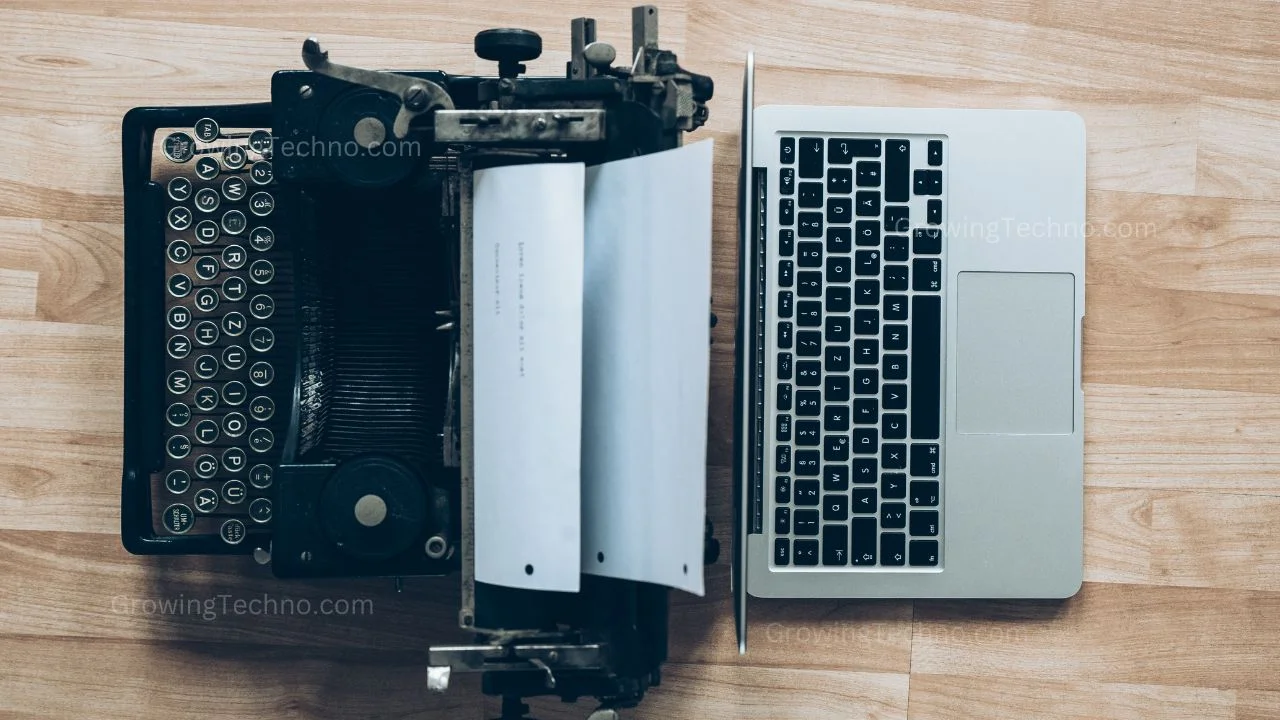
In today’s fast-paced business landscape, staying competitive and efficient is vital. While many organizations invest heavily in cutting-edge products and strategies, there’s an often overlooked aspect that can significantly impact productivity and the bottom line—outdated workplace technology. In this article, we’ll explore the hidden costs associated with clinging to old tools, the benefits of modernizing your tech stack, and why it’s crucial to keep up with the times.
The Price of Procrastination
Outdated technology can be likened to an anchor weighing your organization down. It’s not just about the initial cost of these tools; it’s the accumulation of various expenses and inefficiencies over time.
- Diminished Productivity: Old tech tends to run slower, lacks essential features, and is prone to glitches. This can translate into longer hours to complete tasks and increased frustration among employees.
- Increased Maintenance Costs: Outdated systems require more frequent maintenance and repairs. As technology ages, finding skilled personnel to maintain it becomes challenging, leading to higher labor costs.
- Compatibility Issues: Old software and hardware often struggle to keep up with newer systems and applications. This incompatibility can hinder collaboration, leading to costly delays in projects.
- Security Risks: Cybersecurity threats evolve rapidly. Outdated technology is more vulnerable to breaches and attacks, potentially resulting in data loss, downtime, and hefty fines for non-compliance with data protection regulations.
- High Energy Consumption: Old hardware tends to be less energy-efficient, leading to higher utility bills. This isn’t just an environmental concern; it hits your bottom line directly.
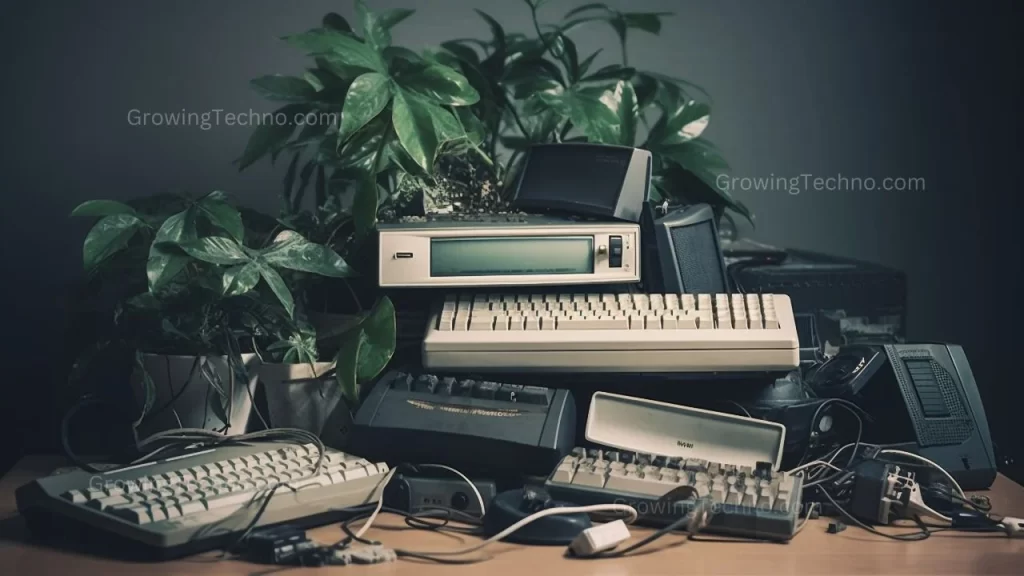
The Road to Modernization
The path to more efficient operations begins with recognizing the importance of keeping technology up to date. Here are some compelling reasons to invest in modernizing your workplace technology.
- Enhanced Productivity: Up-to-date tools enable your employees to work more efficiently. They can automate repetitive tasks, collaborate seamlessly, and access the latest features that can speed up processes.
- Cost Savings: While the initial investment in new technology might seem daunting, it can lead to significant savings in the long run. Reduced maintenance costs, energy efficiency, and increased productivity all contribute to a healthier bottom line.
- Improved Security: Modern tools come equipped with advanced security features. This reduces the risk of data breaches, ensuring your sensitive information remains safe.
- Better Collaboration: Newer technology often offers better integration capabilities, allowing different teams and tools to work together more smoothly. This streamlines workflows, reducing bottlenecks and improving project timelines.
- Competitive Advantage: Organizations that embrace innovation and keep up with the latest technology gain a competitive edge. They can respond more swiftly to market changes, customer needs, and emerging trends.
- Employee Satisfaction: Employees appreciate working with modern tools that make their jobs easier and more enjoyable. This can boost morale and reduce turnover rates.
A Step-By-Step Approach
Modernizing your workplace technology doesn’t have to be an all-or-nothing endeavor. Here’s a step-by-step approach to help you transition smoothly:
- Assessment: Begin by evaluating your current technology stack. Identify the most outdated and problematic systems that need immediate attention.
- Prioritization: Not all technology requires immediate replacement. Prioritize based on the impact on productivity, security, and cost-effectiveness.
- Budgeting: Allocate a budget for technology upgrades. Consider the long-term ROI of each investment.
- Integration Planning: Ensure new tools can seamlessly integrate with existing systems to minimize disruption.
- Training and Adoption: Invest in training to ensure your team can effectively use the new technology. Smooth adoption is key to realizing its full potential.
- Monitoring and Evaluation: Regularly assess the performance and security of your technology stack to identify areas for improvement.
- Stay Informed: The tech landscape evolves rapidly. Stay informed about emerging technologies and trends to remain competitive.
Conclusion
In a world where technological advancements are constant, holding onto outdated workplace technology is a costly choice. The hidden costs of decreased productivity, maintenance expenses, security risks, and more can accumulate over time, impacting your organization’s competitiveness and profitability. Embracing modern technology isn’t just an investment; it’s a strategic move to stay ahead in today’s fast-paced business environment. So, are you ready to shed the burdens of the past and step confidently into the future of work?
Found this helpful? Share the wisdom!



